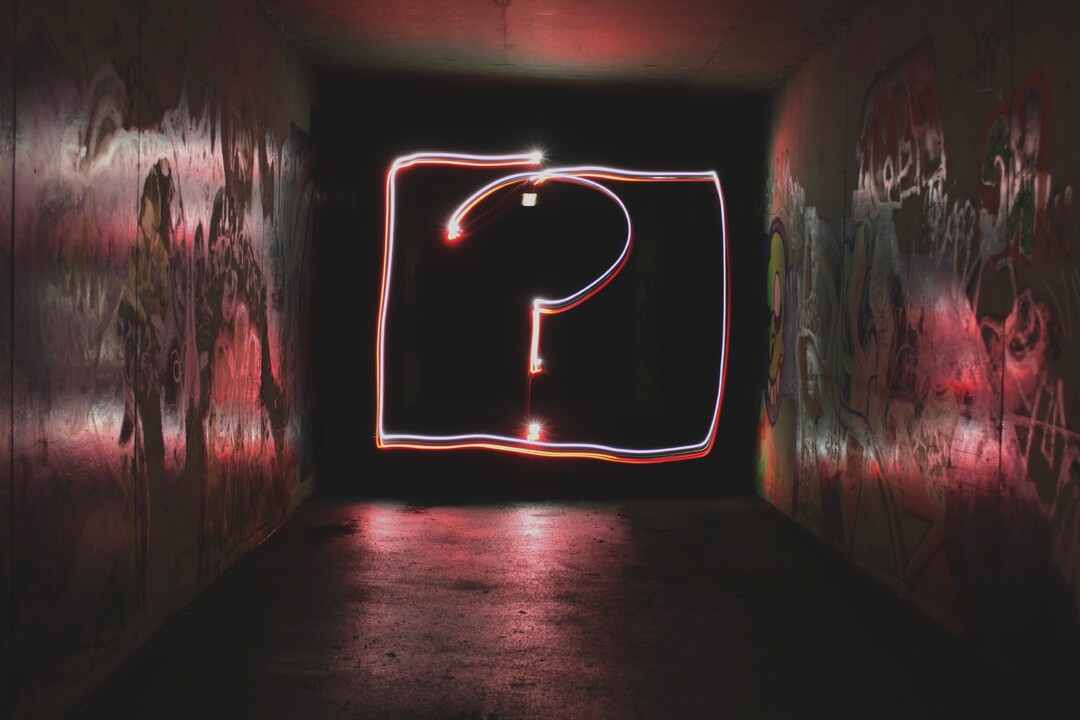Unlocking the power of Questions: A Coach’s Toolkit
Forget advice, ditch directives! Questions are the secret weapon in a coach’s arsenal. Why? Because they empower clients to discover their own answers, unearth hidden insights, and chart their unique path forward.
But asking good questions? Not always easy. We battle closed-ended queries, unconscious biases, and that fine line between prodding and privacy. The key? Mindfulness, active listening, and a relentless pursuit of better questioning.
Enter Clean Language: a powerful approach that emphasises clarity, neutrality, and avoiding leading language. Developed by therapist David Grove, it’s all about exploring clients’ inner landscapes without imposing interpretations. By using « clean » questions, coaches spark deeper understanding, unlock transformative shifts, and empower clients to find their own solutions.
Let’s explore the magic ingredient: the Eight fundamental questions of Clean Language. These beauties are all about minimal intervention, guiding clients with questions free of assumptions and judgments :
- Is there anything else about that … ?
- What kind of … is that … ?
- Where is … ?
- Whereabouts … ?
- That’s … like what?
- How many … are there?
- Is there are relationship between … and … ?
- Is … the same or different to … ?
- Is … on the inside or the outside?
By wielding these questions, coaches create a safe space for clients to explore their thoughts, feelings, and perceptions in a non-directive way, fostering introspection and self-discovery.
But Clean Language isn’t limited to this simple list of 8 questions. It’s adaptable! Coaches can use this comprehensive set of « clean » questions to navigate various challenges and facilitate transformative conversations in different scenarios.
Here are some examples:
How to ask for a solution instead of pushing it?
- What do you think is the reason that is?
- How do you find out?
- Could you do something about it?
- Looking back now, what could you have done differently?
- What are you going to do differently from now on?
- What could you do differently in the future?
How to keep the dialogue flowing?
- (You mention x) and what else?
- How is that so?
- Can you give an example of that?
- Can you tell me about that?
- Tell me more.
- Continue.
Also remember that in that situation Silence is a key to open doors, do not say anything after the question and leave room for the answer. Let the other person do the work 😉
How to investigate the filters (conditionings) ?
- What makes you feel and think this?
- What does this remind you of? What does this remind you of?
- What does it evoke in you?
- Where have you experienced this before?
Asking questions about thinking, emotions, and imagery help unearth core beliefs driving one’s reactions :
- What thought causes the feeling?
- What thoughts have that given to you?
- How did that happen?
- What questions do you ask yourself?
- What do you say to yourself?
- What do you see, hear, feel, hear, smell in that internal experience?
How to ask not only for the inside but also for the external factors ?
- What is your observable behavior? What can others perceive about you?
- What do you do (then next) (in this situation)?
- How are you doing then?
- How do you look yourself?
- What is your attitude?
- What is striking about your posture?
- How is your muscle tone?
- What kind of facial expression do you have?
- How is your breathing ?
- …
And at the end of a coaching session you can completely clean it up with a closing question :
- Are we ready?
- Do we have enough answers?
- Have you been helped?
- Can you move forward?
Wanna dive deeper?
Check out those great books :
- « Clean Language: Revealing Metaphors and Opening Minds » by Wendy Sullivan and Judy Rees.
- « From Contempt to Curiosity: Creating the Conditions for Groups to Collaborate Using Clean Language and Systemic Modeling » by Caitlin Walker.
- also – to know more about David Grove : “The Work and Life of David Grove: Clean Language and Emergent Knowledge” by Carol Wilson
For French readers 🇫🇷
- Manuel de Clean coaching – 2e édition by Bogena Anna PIESKIEWICZ – a must read IMHO
- Des métaphores dans la tête – Transformation par la Modélisation Symbolique et le Clean Language by James Lawley and Penny Tompkins
- and also this one : Guide pratique du Clean Coaching by Chloé Nortier and Jean-Baptiste Nortier ⇒ this one is very new (nov. 2023 so i haven’t had the chance to read it yet, it is still high in my reading list – but i trust Chloe for having written a great book)
Wanna discover by practicing ? Consider attending the great worksessions by Sarah Scarratt and Rachel Gilmore from weareclean.co.uk




